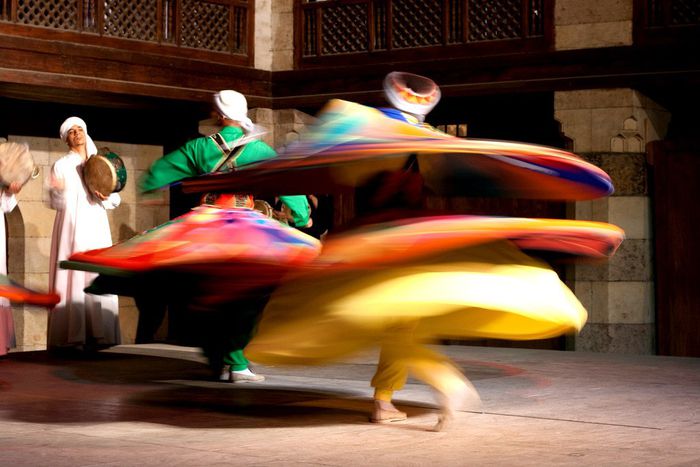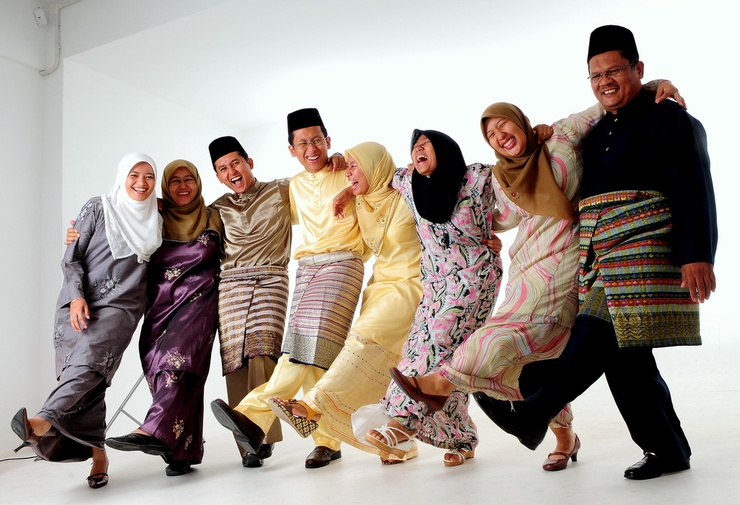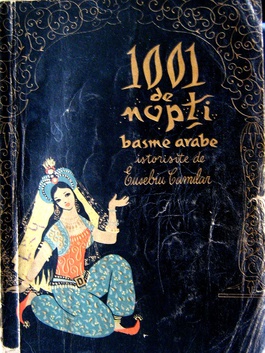
Islam and Europe: a five step waltz
Published on
Translation by:
G. RingThe more widespread an idea, the more erroneous it is. Since the Middle Ages, each period imagines that the question of islam in Europe is a new phenomenon, too often forgetting history, which has not always been about the mode of conquest. A brief overview of a stormier past than one could have imagined
1 - Historical links
The links between muslim civilisations and the ‘old continent’ go back centuries. The best friend of Hâroun ar-Rachîd, caliph of Baghdad in the ninth century, was none other than Charlemagne - a European emperor if there ever was! The latter even received a sumptuous ivory elephant as a gift, which was brought back from Aachen by a commission crossing a part of Europe. In the twelfth century, Frederick II of the Holy Empire, the party at the head of the sixth crusade, would not cause any bloodshed: on the contrary, the Arab prince would later become friends with the Sultan of Egypt, Malik Al-Kamel, following the signing of a peace treaty. Later, the capitulation treaty concluded between King Francis I and Suleiman the Magnificent would allow christian trading posts to trade freely with muslim lands, while 30, 000 sailors of the sultan were stationed in Toulon to protect France from other European powers.
2 – Ottoman Europe
Some eleven of the twenty-seven countries of the current-day European union have a muslim, arab-berber, umayyad (the first dynasty of Arab caliphs, who lived in Damascus - ed) or ottoman Turk past. Between a quarter and a third of the European continent was historically under the domination of the Ottoman empire; this empire was in fact a European power, an object of alliance and continued rivalry in geopolitical situations. With the introduction of the notion of progress in the eighteenth century, islam became the object of fertile comparisons, some of which are even given as examples: Turks are recognised for their military organisation, whilst Arabs are for their moral qualities. In Ottoman lands, religious beliefs co-existed in harmony. For instance, in Toledo (Spain), the current-day Santa Maria la Blanca synagogue was used as a mosque on Fridays, a synagogue on Saturdays and a church on Sundays. The conversions, some of which were voluntary, would end in the Balkans, in the muslim communities of Bosnia and Albania that we still find today.

3 – These ‘guest workers’ Europe asked for
After two world wars (at which the Dutch Malukus, French muslims, Moroccans of the Spanish army and Eritreans in Italy would fight) the presence of muslims would grow. Europe needed workers: Algerians in France, Moroccans in Belgium, Turks in Germany. These ‘guest workers’ often arrived alone and practiced a discrete islam. The seventies revealed a demand for religion: mosques began to mushroom in factories. Conversions became more common, even among intellectuals: French-Swiss choreographer Maurice Béjard joined the mystical sufi movement. More recently, a younger islam has emerged, demanding more structure and recognition. That goes hand in hand with the timid creation of representative organs – the French council of the muslim faith (Conseil français du Culte Musulman), the Central Council of Muslims (Zentralrat der Muslime, ZMD) in Germany and the muslim council of Britain – each set up to deal with governments.
4 – Imaginary of orient transports west
 The muslim presence in Europe is not limited to an architectural legacy. From the sixteenth century, travellers tales have been real bestsellers, feeding the curiosity and appetite of readers for a rising orientalism. Translations and appropriations abounded making oriental literature an element of romanticism. Scheherazade’s One Thousand and One Nights (1706) are still in fashion. Meanwhile in decorative arts, people develop a passion for all things Turkish.Gerbert d’Aurillac, a future pope Sylvester II, adds a Greek author discovered in Arabic manuscripts to the mix – a certain Aristotle – though he is one who also vulgarises all progress of muslim science: astronomy, including some constellations that still had arab names, and especially algebra.
The muslim presence in Europe is not limited to an architectural legacy. From the sixteenth century, travellers tales have been real bestsellers, feeding the curiosity and appetite of readers for a rising orientalism. Translations and appropriations abounded making oriental literature an element of romanticism. Scheherazade’s One Thousand and One Nights (1706) are still in fashion. Meanwhile in decorative arts, people develop a passion for all things Turkish.Gerbert d’Aurillac, a future pope Sylvester II, adds a Greek author discovered in Arabic manuscripts to the mix – a certain Aristotle – though he is one who also vulgarises all progress of muslim science: astronomy, including some constellations that still had arab names, and especially algebra.
The figure zero is a new idea in Europe, as is the silkworm and ceramics that the Andulusian Moriscos left behind. The southern region of Andalusia (an arab word) was a muslim region for almost ten centuries. One part of the Alhambra in the city of Granada – the Nasrid palace - adjoins the monumental palace of Charles V. Before showing off its catholic baroque, the mosque-cathedral of Cordoba would first reveal an Umayyad minaret, like how the basilica Saint-Sophia in Constantinople was invited to become a mosque of Istanbul – today’s Hagia Sophia. It is of no coincidence that Fatima, the daughter of the prophet Mohammed and mater dolorosa for the Shiites, is also the name of a town in Portugal and one of the country’s most holy catholic places.
5 – Physical and spiritual pleasures
 Sometimes we find the heritage of islam where we least expect it. According to legend, a Viennese pastry maker created the croissant to celebrate the 1529 siege of Vienna by Ottoman troops. Before becoming a murderer, the assassin was a ‘hashish smoker’ (hashashin) at a time when cannabis was used to give soldiers a foretaste of paradise.
Sometimes we find the heritage of islam where we least expect it. According to legend, a Viennese pastry maker created the croissant to celebrate the 1529 siege of Vienna by Ottoman troops. Before becoming a murderer, the assassin was a ‘hashish smoker’ (hashashin) at a time when cannabis was used to give soldiers a foretaste of paradise.
Far from being exhaustive, this short overview shows that it is impossible to think about Europe and Islam in opposition: that would be like forgetting a major part of Spain, a good half of the Balkans and a large chapter of history. It would be forgetting that over 15 million Muslims are today citizens of the European Union. Islam and Europe share a part of culture. There’s no question of denying a part of onself! During this time the eternal Ottoman neighbour, rebaptised in the ‘Turkish question’ is never that far away.
Images: main (cc) khowaga1; 1001 nights (cc) cod_gabriel; islamic dance .layla.; hashisch (cc) Thomas Hawk/ Flickr
Translated from Islam et Europe : une valse à 5 temps



